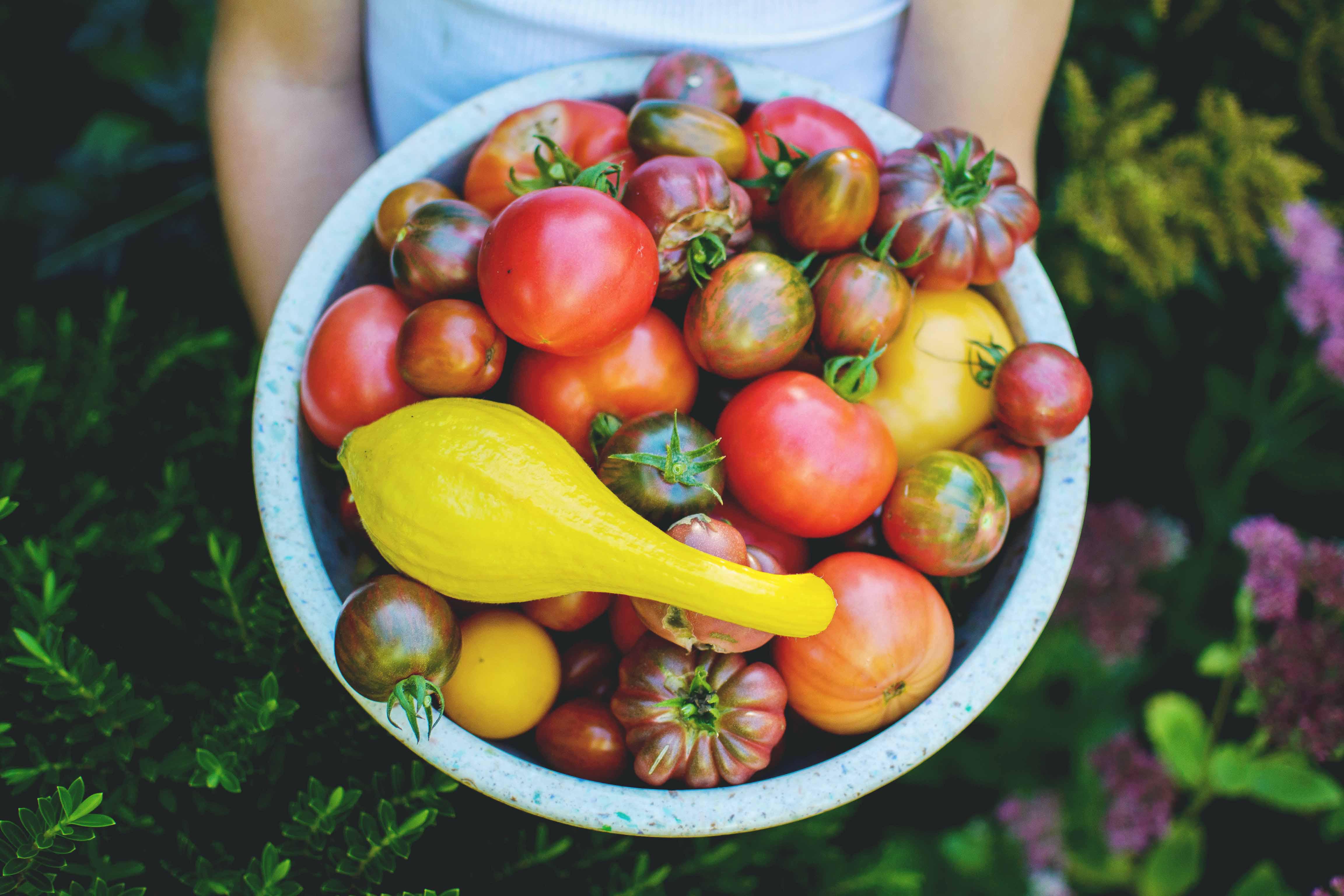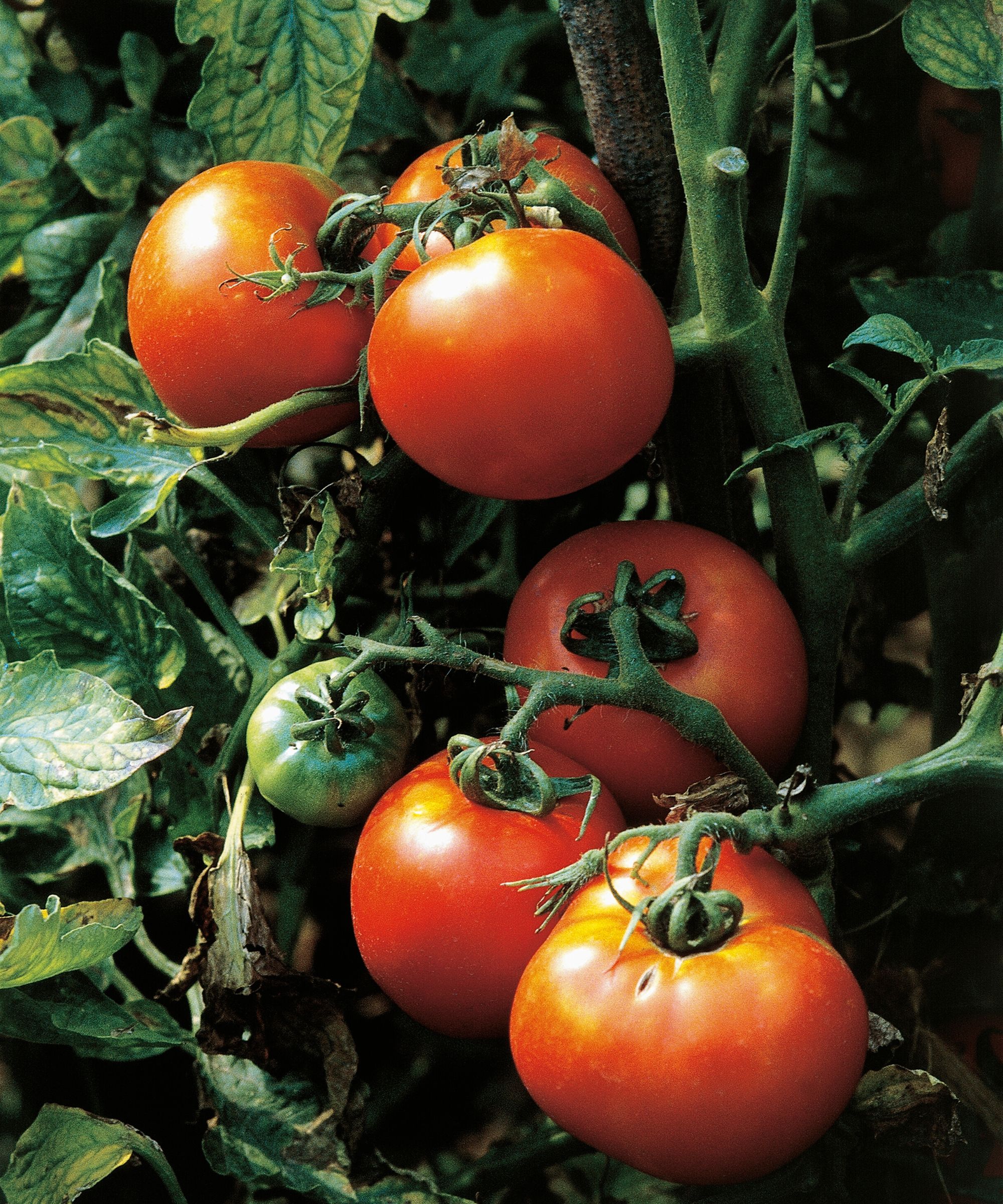How to harvest tomatoes – for the perfect salad or sauce
Discover how to harvest tomatoes for a picture-perfect crop


Knowing how to harvest tomatoes is important if you want to ensure your plant continues to grow healthily and your crop remains unbruised.
Growing tomatoes is simple once you have the plants, so when it comes to picking season, it is important to know how to harvest tomatoes correctly to help preserve your plant and get the best-flavored tomatoes.
With tomato plants making the perfect versatile addition to your kitchen garden ideas, along with the large variety of tomato companion plants, there is really no excuse to not grow your own. Here, we explain how to harvest tomatoes for the perfect summer pickings.
How to harvest tomatoes

Once you have gotten through the trials of knowing when to plant tomatoes and the difficult bits like figuring out how much water tomatoes need, plus of course knowing exactly when to harvest tomatoes, it is easy to harvest tomatoes from your plants.
1. Use sharp pruners
The best and most efficient way to harvest tomatoes is with a sharp pair of pruners or garden clippers as picking using your fingers could result in a squashed tomato or torn plant stems. Clip the tomatoes so that they still have about one inch of stem remaining and a stub of stem remains on the plant to allow for other fruits to grow.
2. Look for a break point in the stem
If you do not have clippers, look for a natural breakpoint in the stem, usually about an inch above the tomato, and apply pressure to snap the tomato off.
3. Harvest tomatoes on the vine
Vine-ripened tomatoes are a common fruit and vegetable aisle find, with bright red tomatoes still on part of the vine they grew on. These tomatoes are removed from the main plant after they had turned completely red and ripened.
Design expertise in your inbox – from inspiring decorating ideas and beautiful celebrity homes to practical gardening advice and shopping round-ups.
'Some gardeners argue that this leads to far more flavorful fruit as they are allowed to go through a natural maturing process and develop a good amount of natural sugars.' says Rachel Crow, Homes & Gardens' Gardens Editor.
When harvesting tomatoes this way it is important to pick the fruits as soon as they turn fully red as leaving them any longer can cause them to turn bad and go mushy. It is important to note that some tomato varieties, especially larger heirloom tomatoes, may still have some green coloring on the top even when fully ripe.
To harvest them, simply snip off a length of vine with sharp scissors.
Should you cut or pull tomatoes off the vine?
You should always cut rather than pull tomatoes off the vine. If you pull them off, you are likely to damage both the fruit and the plant. It is better to use sharp scissors to harvest tomatoes.
Do tomatoes grow back after picking?
When you have picked tomatoes they can grow back during the harvest season depending on the variety. Tomato plants are unlikely to reproduce tomatoes each year, however, as they do not tend to survive the winter.
Indeterminate varieties of tomato plants can bear fruit more than once in a season and will continue to produce tomatoes until the first fall frosts.
Determinate tomato plants, however, usually only produce one harvest of tomatoes in a season, with all the fruits ripening within the same week or two.
Consider learning how to harvest tomato seeds to continue to have your favorite tomatoes year after year.

Chiana has been at Homes & Gardens for two years and is our resident 'queen' of non-toxic living. She spends most of her time producing content for the Solved section of the website, helping readers get the most out of their homes through clever decluttering, cleaning, and tidying tips. She was named one of Fixr's top home improvement journalists in 2024.